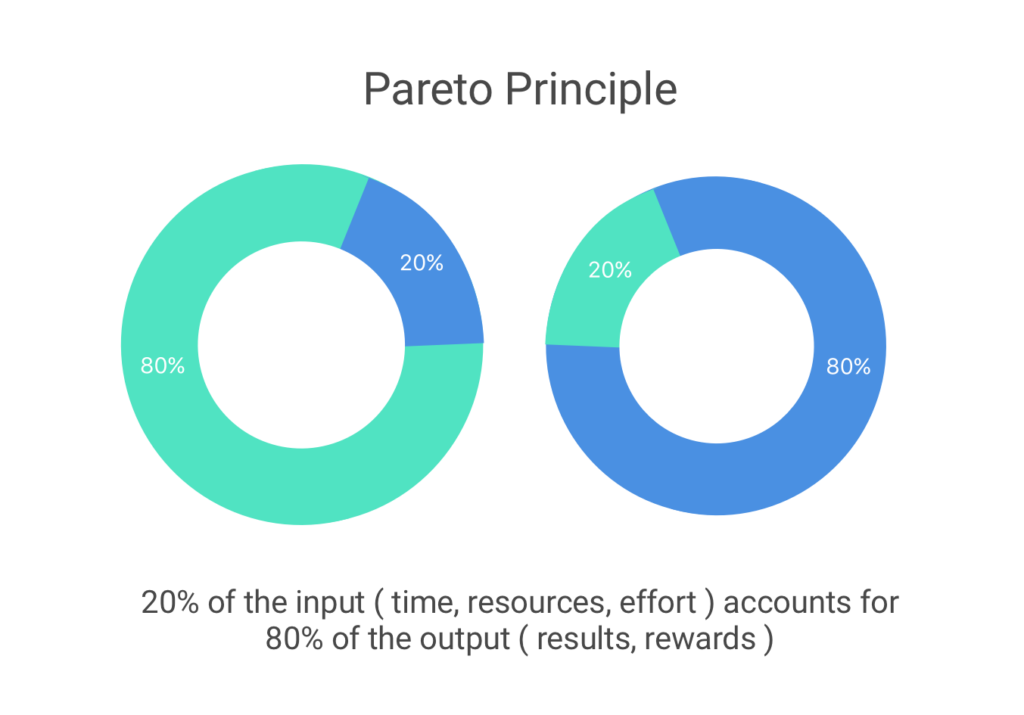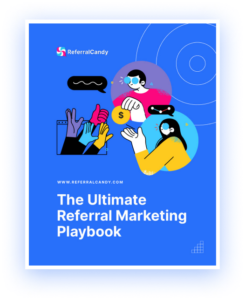What is loyalty all about? Let’s ask an expert:

Loyalty is a precious commodity.
As skewed as Dwight’s logic is, he did get one thing correct—that is, loyalty should be valued and pursued after. Certainly, the idea that customer acquisition is far more important than customer retention appears to be on the way out.
Numerous studies, polls, and industry experts have consistently demonstrated that cultivating a faithful repeating customer base is not only cost-effective, but highly lucrative.

Existing customers are much likelier to buy.
And key to achieving such results comes in the form of loyalty programs, which may reward frequent customers with discounts, new products, free merchandise, gifts, and even company stock.
Here are five important statistics to further show you that romancing your existing customers is simply the right (and profitable) thing to do.
1) The 80/20 Rule – 20% of a company’s existing customers will generate 80% of its future revenue (Garnet)

In a detailed article by Forbes, a particular statistic stood out. According to research conducted by the Garnet Group, one-fifth of a company’s existing customers will generate at least 80% of its future revenue.
In other words, you don’t have to search far for greener pastures, when all you have to do is tend to the one you’re standing on now.

Invest in your relationships with your customers!
2) It’s all in the Family – 63% of millennials share similar brand loyalties as their parents (Adroit)
According to a comprehensive Adroit Digital survey, around 63% of the millennials polled were loyal users of the same brands their parents follow. This discovery has some important implications.
For one, we see how brand loyalty can be passed down from generation to generation, with each tier strengthening that bond.

It’s all in the family.
Second, the idea that young individuals display similar consuming patterns as their parents further dispels the false dichotomy between customer retention and customer acquisition. The two aren’t mutually exclusive.
Creating loyal customers out of parents means setting up their kids to be loyal customers too.
3) The Other 98% – Loyalty programs tend to over-reward the top 2% of customers (HBR)
In an enlightening article by the Harvard Business Review, the author revealed that loyalty programs in the airline industry tend to over-reward and privilege the top 2% of customers.

Could your loyalty program be alienating some of your customers?
The author’s point here then is that loyalty programs can alienate customers if they’re not careful. A good should be cater to the varying profitabilities of different customers, while never making them feel second-class.
4) Repeating customers spend 70% more in their 31st month than in their first six months with their preferred retailers (Bain)
“Patience, you must have,” said Master Jedi Yoda. Indeed, in a study published by Bain & Company, repeating customers were discovered to spent almost 70% more in their 31st month with retailers than in their initial six months.
As we’ve said before, it’s a marathon, and never a sprint.

Long-term relationships are a most valuable thing in this tumultuous world.
5) Love Your Other Half – More than 50% of customers have switched brands due to poor customer service (Accenture)
In today’s digital, faceless age, you’d be forgiven for thinking customers don’t prioritise human contact. But apparently, they do. Market research by Accenture Strategy showed that 83% of American consumers prefer interacting with ‘human’ customer services.
Alarmingly, 52% have switched brands and service providers due to poor customer service, costing companies a loss of $1.6 trillion dollars.
What this shows is that human interaction remains a vital component in inducing customer loyalty. A well-designed loyalty program means little if customers feel like they’re interacting with robots, or worse, actual human beings who couldn’t care less.

Please don’t do this.
Recap:
- 20% of your existing customers will form the backbone of future profits and revenue
- Customer retention and customer acquisition are not mutually exclusive
- Be mindful if you’re privileging your ‘best’ customers at the expense of the majority
- Long, meaningful company-customer relationships do pay off
- Good customer service remains fundamental


